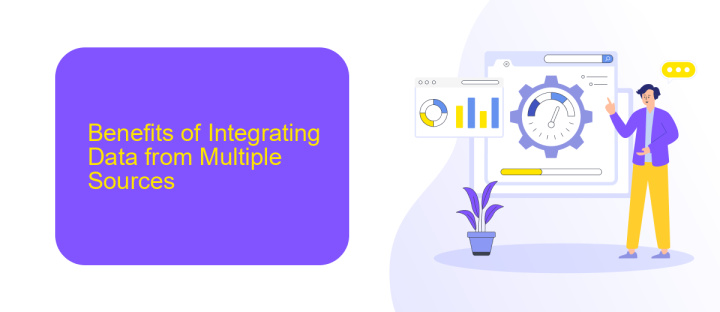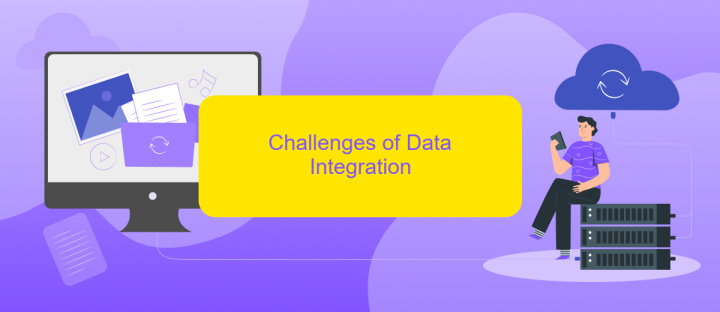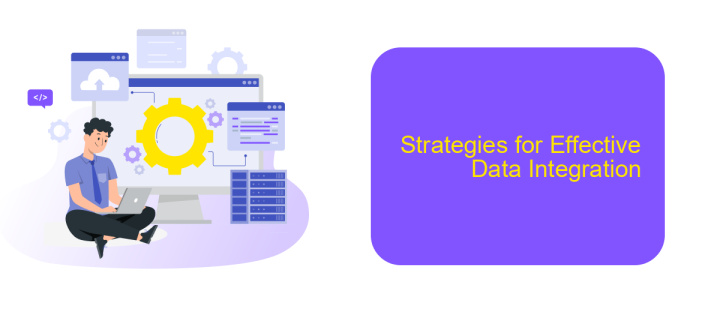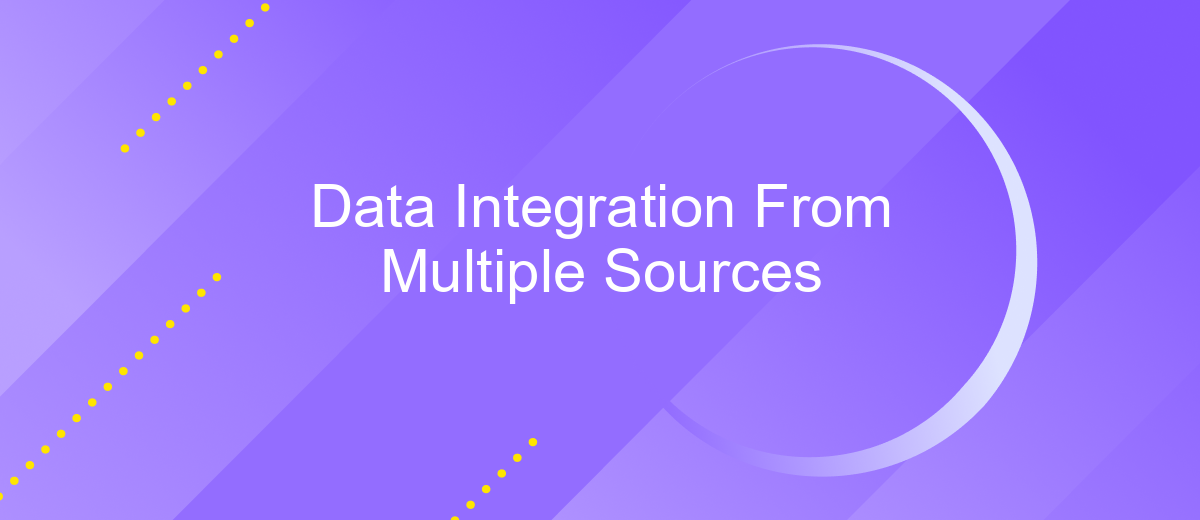Data Integration From Multiple Sources
In today's data-driven world, integrating information from multiple sources is crucial for comprehensive analysis and informed decision-making. Data integration combines disparate data sets, enabling organizations to gain a holistic view of their operations. This article explores the methodologies, challenges, and benefits of data integration, providing insights into how businesses can effectively harness the power of unified data.
Introduction to Data Integration
Data integration is the process of combining data from different sources to provide a unified view. It is essential for businesses to have a coherent understanding of their data, which can be scattered across various systems and formats. Effective data integration helps in making informed decisions, improving operational efficiency, and gaining competitive advantages.
- Centralized Data Management
- Improved Data Quality
- Enhanced Business Intelligence
- Streamlined Operations
One of the tools that facilitate seamless data integration is ApiX-Drive. This service allows users to connect various applications and automate data transfer between them without requiring any programming skills. By leveraging such tools, organizations can ensure that their data is consistently up-to-date and accessible, which is crucial for maintaining a competitive edge in today's data-driven world.
Benefits of Integrating Data from Multiple Sources

Integrating data from multiple sources offers a comprehensive view of information, enabling more informed decision-making. By consolidating data from various platforms, organizations can identify patterns and trends that might be missed when data is siloed. This holistic approach not only improves accuracy but also enhances the quality of insights derived from the data, leading to better strategic planning and operational efficiency.
Furthermore, the integration process can be streamlined with tools like ApiX-Drive, which automates the connection between different data sources. This reduces the time and effort required for manual data consolidation, allowing teams to focus on analysis and application. ApiX-Drive ensures that data is consistently updated and synchronized, minimizing the risk of errors and discrepancies. Overall, leveraging such services facilitates a smoother, more reliable data integration process, empowering organizations to harness the full potential of their data assets.
Challenges of Data Integration

Data integration from multiple sources presents several challenges that organizations must address to ensure seamless and efficient data handling. These challenges can impact the quality, consistency, and usability of the integrated data, ultimately affecting decision-making processes.
- Data Quality: Inconsistent, incomplete, or inaccurate data from different sources can lead to significant integration issues.
- Data Format Variability: Different data formats and structures require normalization to ensure compatibility.
- Scalability: Handling large volumes of data from multiple sources demands scalable solutions to maintain performance.
- Security and Compliance: Ensuring data privacy and meeting regulatory requirements is critical during integration.
- Real-Time Integration: Achieving real-time data synchronization across sources can be technically challenging.
To tackle these challenges, leveraging tools like ApiX-Drive can be beneficial. ApiX-Drive offers robust integration capabilities, allowing organizations to automate data flows between various systems seamlessly. This helps in maintaining data quality, ensuring real-time updates, and scaling operations efficiently. By addressing the common pitfalls of data integration, ApiX-Drive can significantly enhance the effectiveness of data management strategies.
Strategies for Effective Data Integration

Effective data integration from multiple sources requires a strategic approach to ensure data consistency, accuracy, and accessibility. The first step involves identifying and understanding the various data sources, including databases, APIs, and third-party applications. This understanding allows for the selection of appropriate integration tools and methods.
After identifying the data sources, it is crucial to establish a robust data integration framework. This framework should include data mapping, transformation rules, and validation processes to ensure data quality. Leveraging automated integration platforms like ApiX-Drive can streamline these processes by providing pre-built connectors and real-time data synchronization.
- Identify and understand data sources
- Establish a robust data integration framework
- Utilize automated integration platforms (e.g., ApiX-Drive)
- Implement data mapping and transformation rules
- Ensure data validation and quality checks
Continuous monitoring and maintenance of the data integration processes are essential to address any discrepancies or issues that may arise. Regularly updating and refining the integration strategies will help maintain data integrity and support informed decision-making across the organization.
- Automate the work of an online store or landing
- Empower through integration
- Don't spend money on programmers and integrators
- Save time by automating routine tasks
Case Studies in Successful Data Integration
One notable case study in successful data integration involves a large e-commerce company that leveraged ApiX-Drive to streamline their operations. The company faced challenges in managing data from various sources, including their website, CRM, and third-party logistics providers. By using ApiX-Drive, they were able to automate data flows between these systems, ensuring real-time updates and reducing manual data entry errors. This integration not only improved their operational efficiency but also enhanced customer satisfaction by providing accurate and timely information.
Another example is a healthcare organization that integrated patient data from multiple clinics and diagnostic centers using ApiX-Drive. The organization needed a unified view of patient records to improve treatment plans and facilitate better decision-making. ApiX-Drive enabled them to seamlessly connect disparate data sources, ensuring that healthcare providers had access to comprehensive and up-to-date patient information. This integration led to improved patient outcomes and more efficient healthcare delivery, demonstrating the critical role of effective data integration in the healthcare sector.
FAQ
What is data integration from multiple sources?
Why is data integration important?
What challenges are commonly faced during data integration?
How can data integration be automated?
What are the best practices for successful data integration?
Apix-Drive is a simple and efficient system connector that will help you automate routine tasks and optimize business processes. You can save time and money, direct these resources to more important purposes. Test ApiX-Drive and make sure that this tool will relieve your employees and after 5 minutes of settings your business will start working faster.


